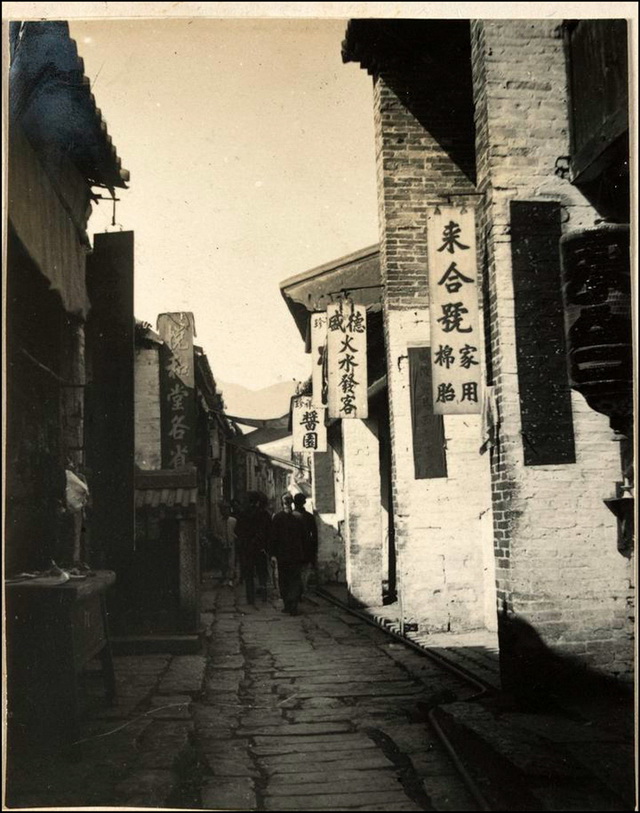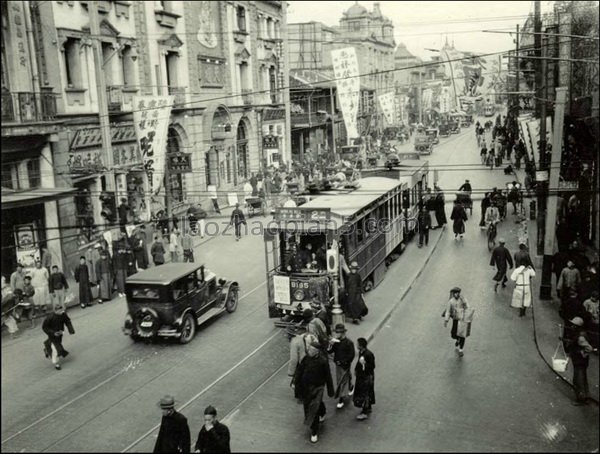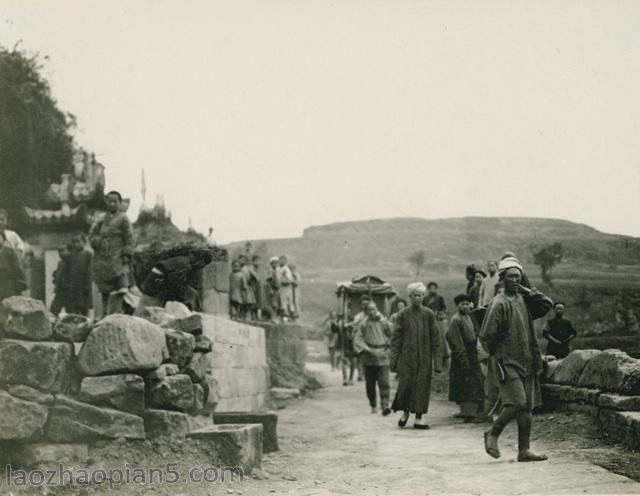[Yongzheng Dynasty Clothes Image Axis]
Yongzheng Dynasty Clothes Image Axis, Qing Dynasty, silk version, color setting, 277 cm vertically and 143 cm horizontally
In this picture, Emperor Yongzheng is wearing a bright yellow colored cloud golden dragon summer suit, wearing a summer crown, with three layers of beads at the top, and a golden Buddha in front of the crown. Wearing the Dongzhu Chaozhu on the chest, with three turquoise commemorative strings on the top, a court belt on the waist, and stone blue court boots on the feet, this is the dress of Emperor Yongzheng when he attended the grand ceremony. This picture is an elaborate portrait of the emperor created by a court painter, with neat and delicate brushwork, gorgeous and bright colors, and dignified and dignified characters. From the perspective of the decorative style of “no beam on the crown” (“beam” is the n-shaped decoration on the left and right sides of the crown top seat of the Qing Dynasty, which appeared in the late period of Yongzheng), it should be the early paintings of Yongzheng
The first generation of crown wear has its own system. The Manchu rulers in the Qing Dynasty inherited the essence of ancient Chinese traditional culture, and skillfully combined the traditional form of ancient Chinese clothing with the “shawl collar” and “horseshoe sleeve” with Manchu style, which not only showed its glorious history of “winning the world immediately”, but also paid attention to practicality, Finally, it institutionalized it and became a typical example in the reform of ancient Chinese clothing system
The Qing Dynasty crown dress system stipulates that the court dress is divided into four colors: blue, red, moon white and bright yellow, and different colors of the court dress are worn according to different etiquette functions and occasions. They wear blue for sacrificing the sky, red for sacrificing the sun, and white for sacrificing the moon, while the bright yellow uniforms are generally used for ceremonies (such as the accession to the throne, New Year’s Day, Wanshou, the Golden Palace, the issuance of edicts, and the reception of congratulations) and sacrificial activities (such as sacrificing the Imperial Temple, the Xiannong Altar, the Altar of the State, the Ancestor Confucius, and the emperors of all dynasties). There are also differences between the bright yellow uniforms worn for ceremonies and sacrifices. The sleeves of the ceremony uniforms are stone blue, while the sleeves of the sacrificial uniforms are bright yellow
![图片[1]-Yongzheng Dynasty costume image axis-China Archive](https://chinaarchive.net/Qing dynasty/painting/27958[1024].jpg)





![[Qing Dynasty] British female painter—Elizabeth Keith, using woodblock prints to record China from the late Qing Dynasty to the early Republic of China—1915-China Archive](https://chinaarchive.net/wp-content/uploads/2022/11/image-191x300.png)